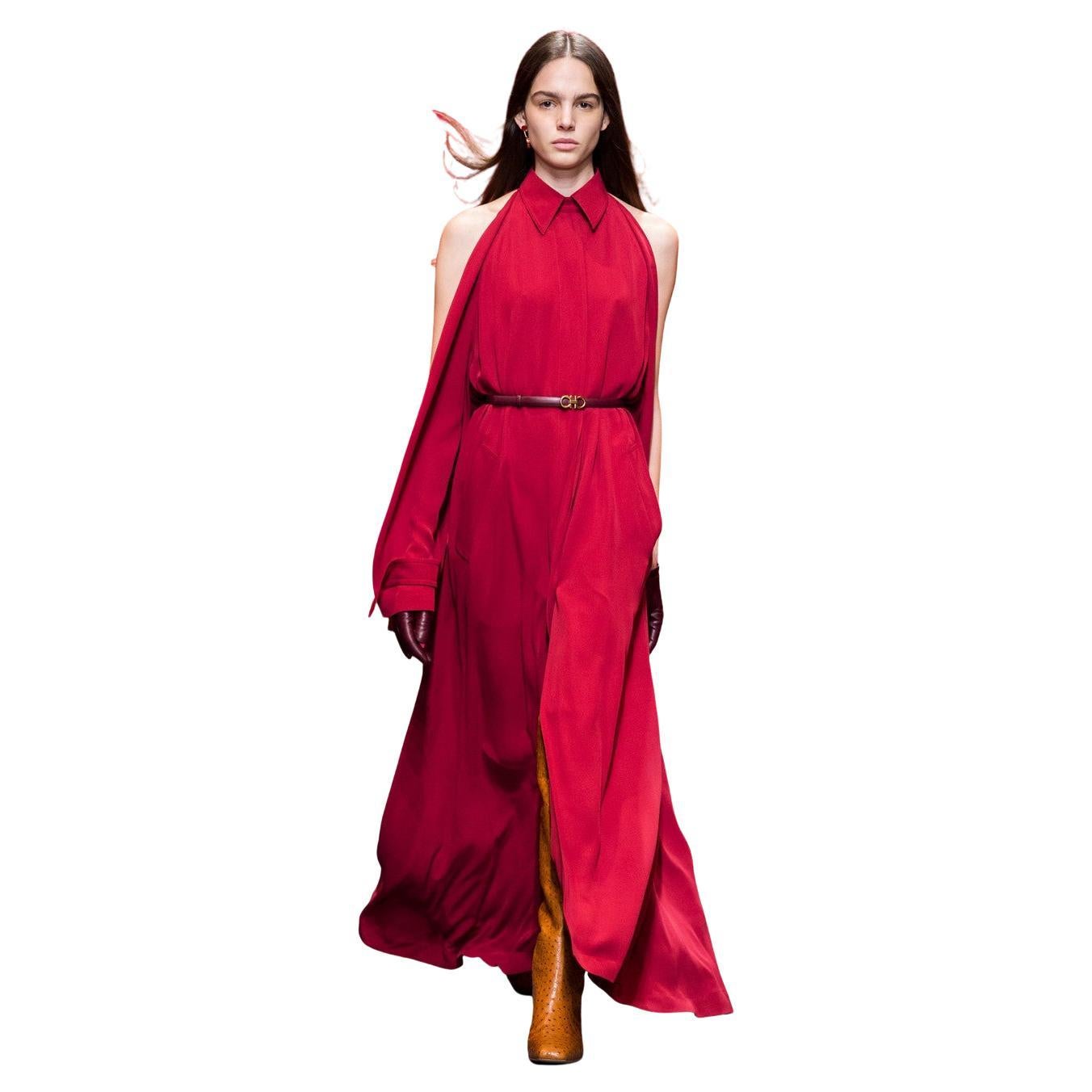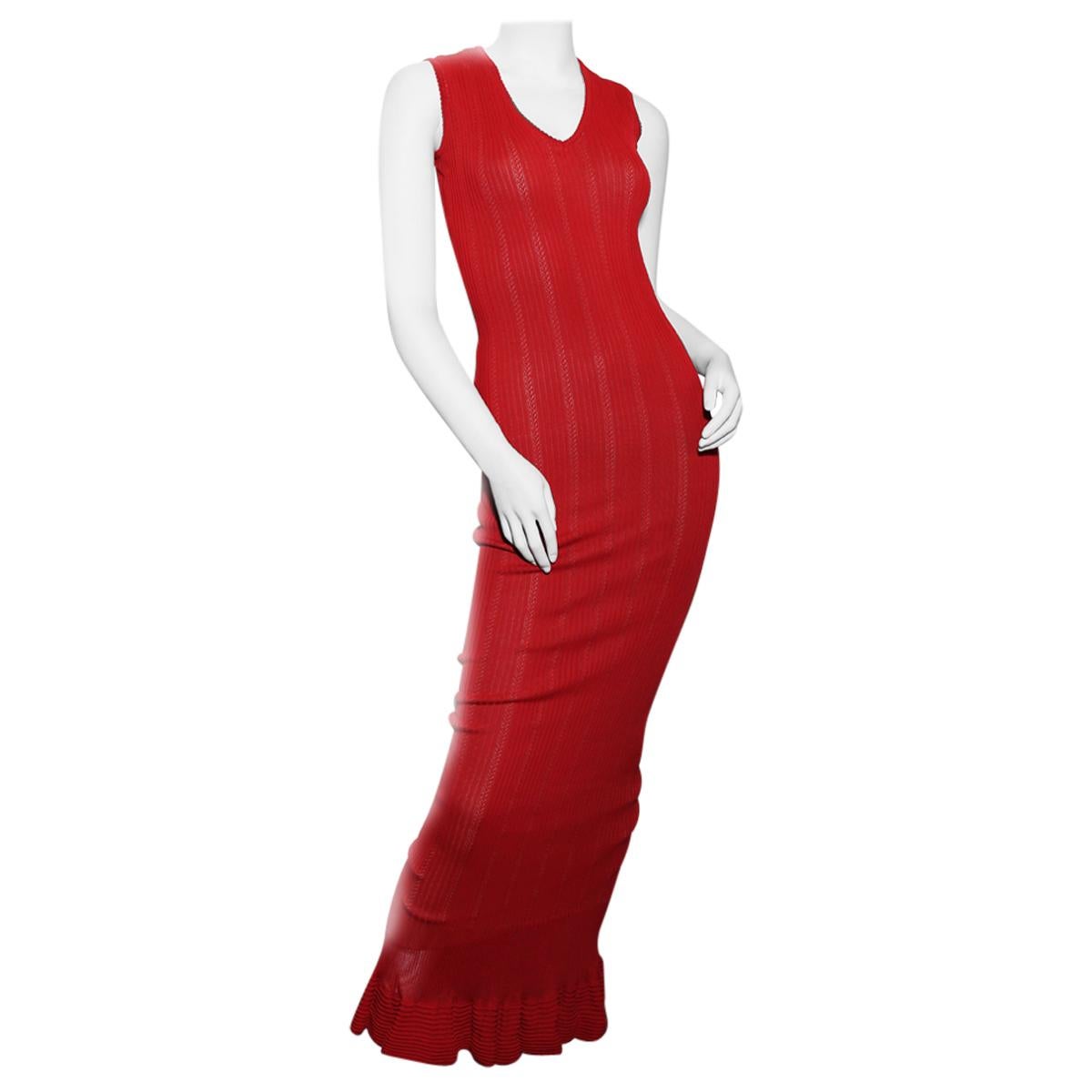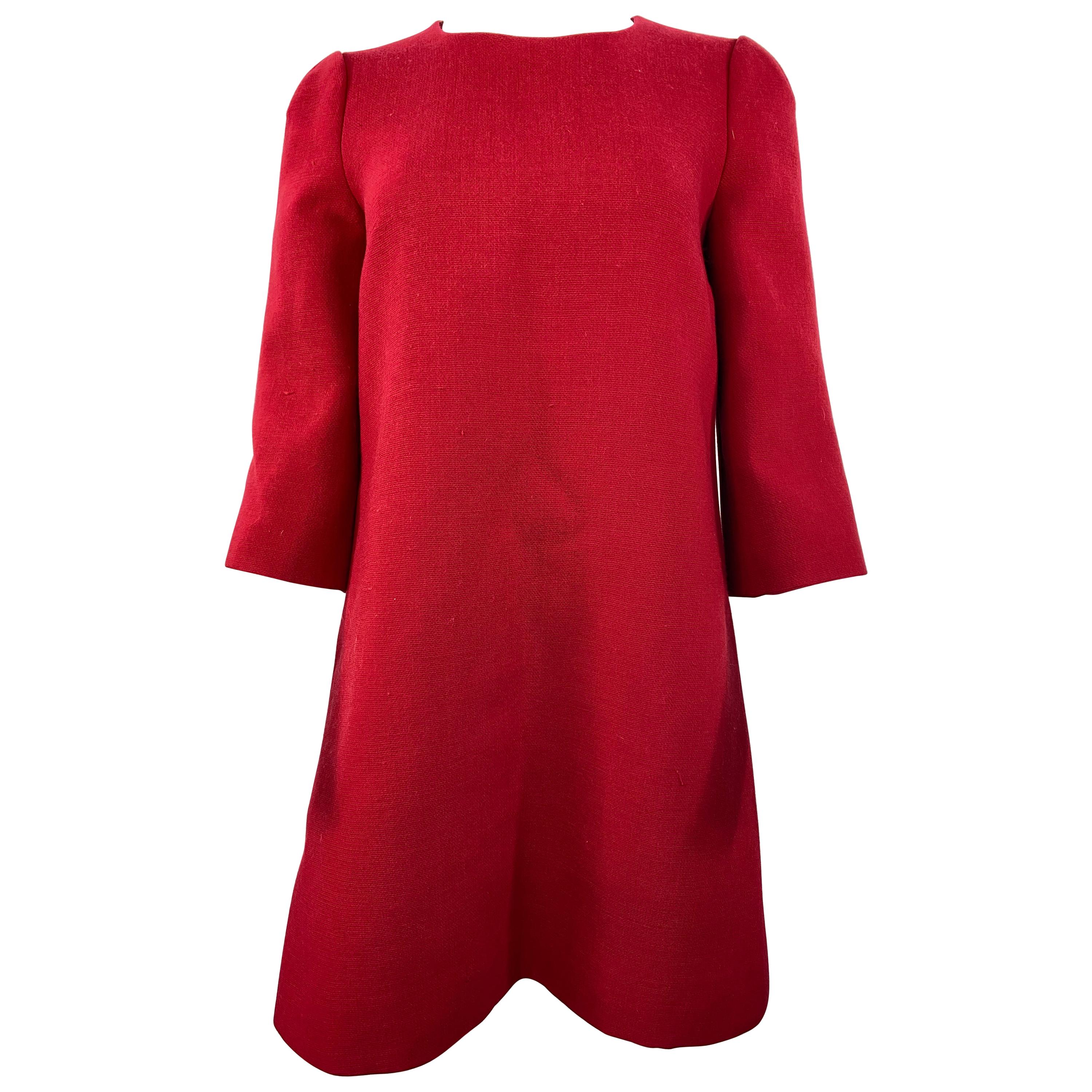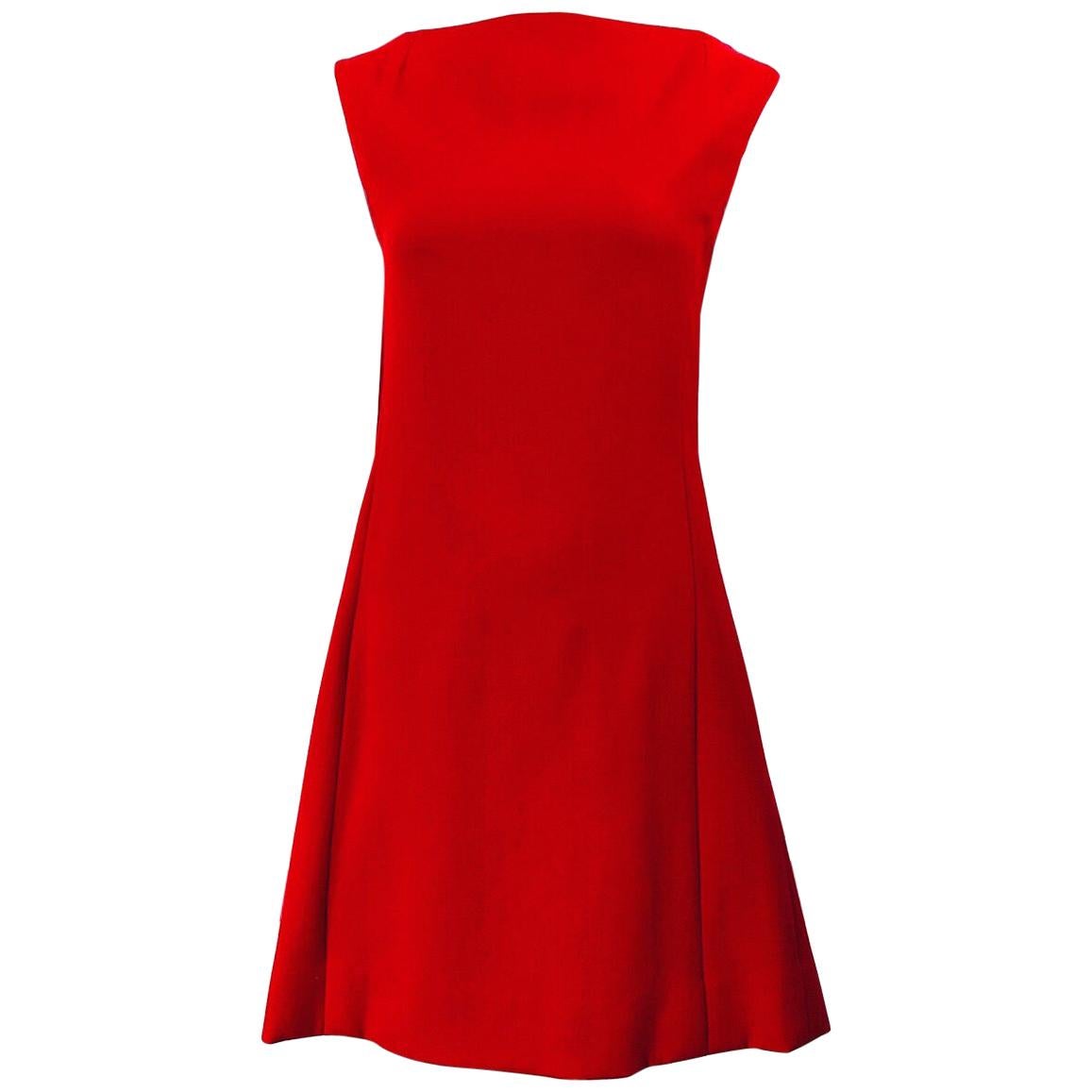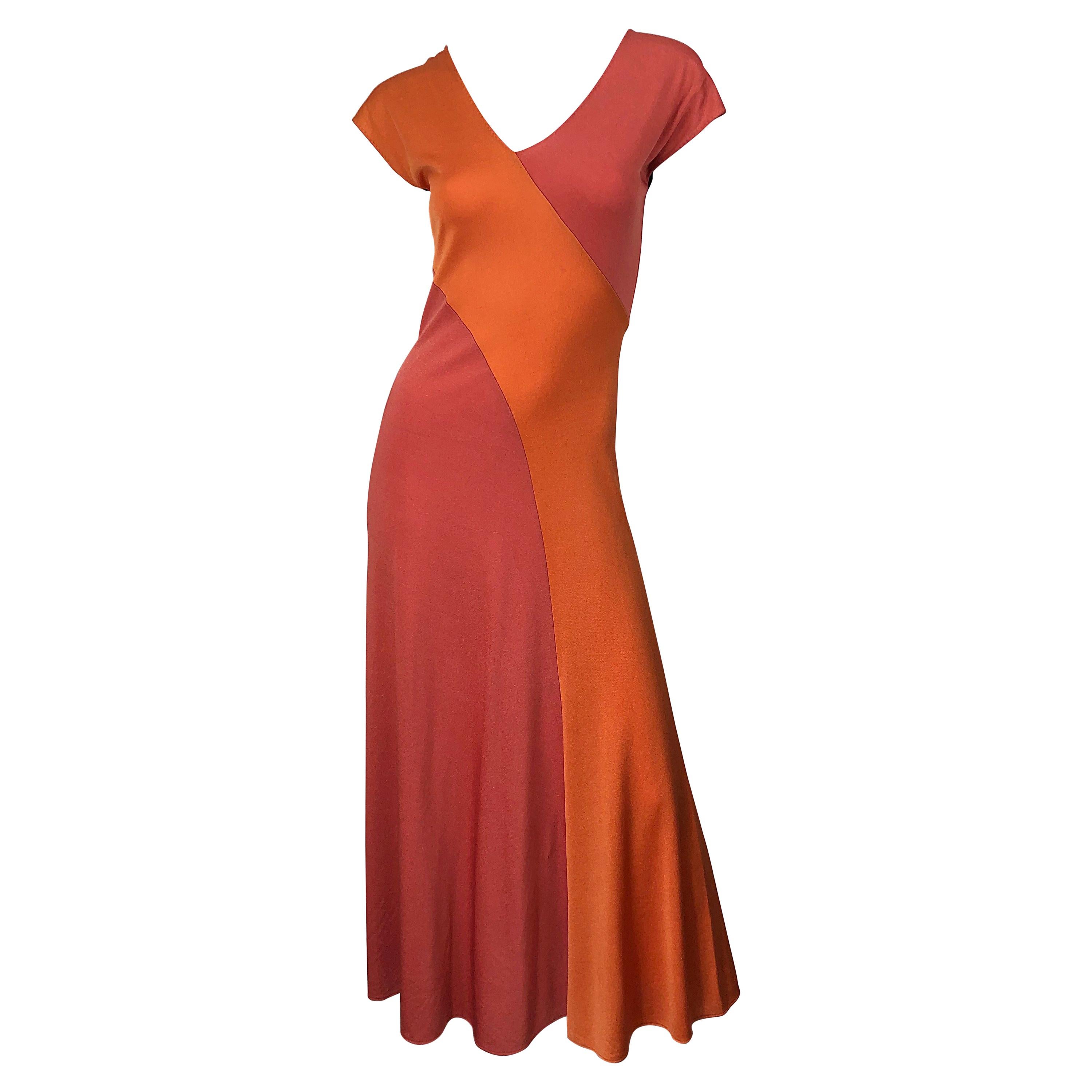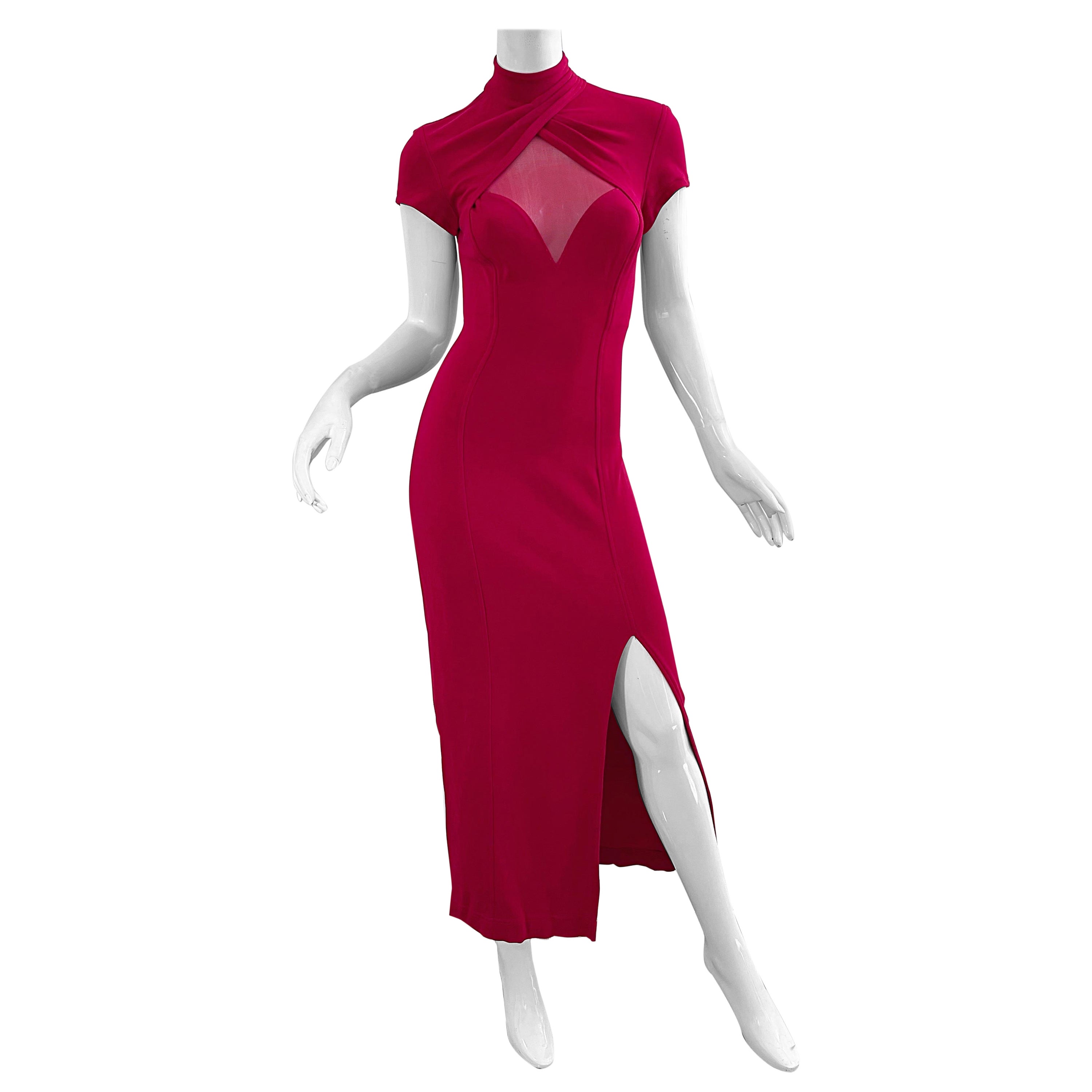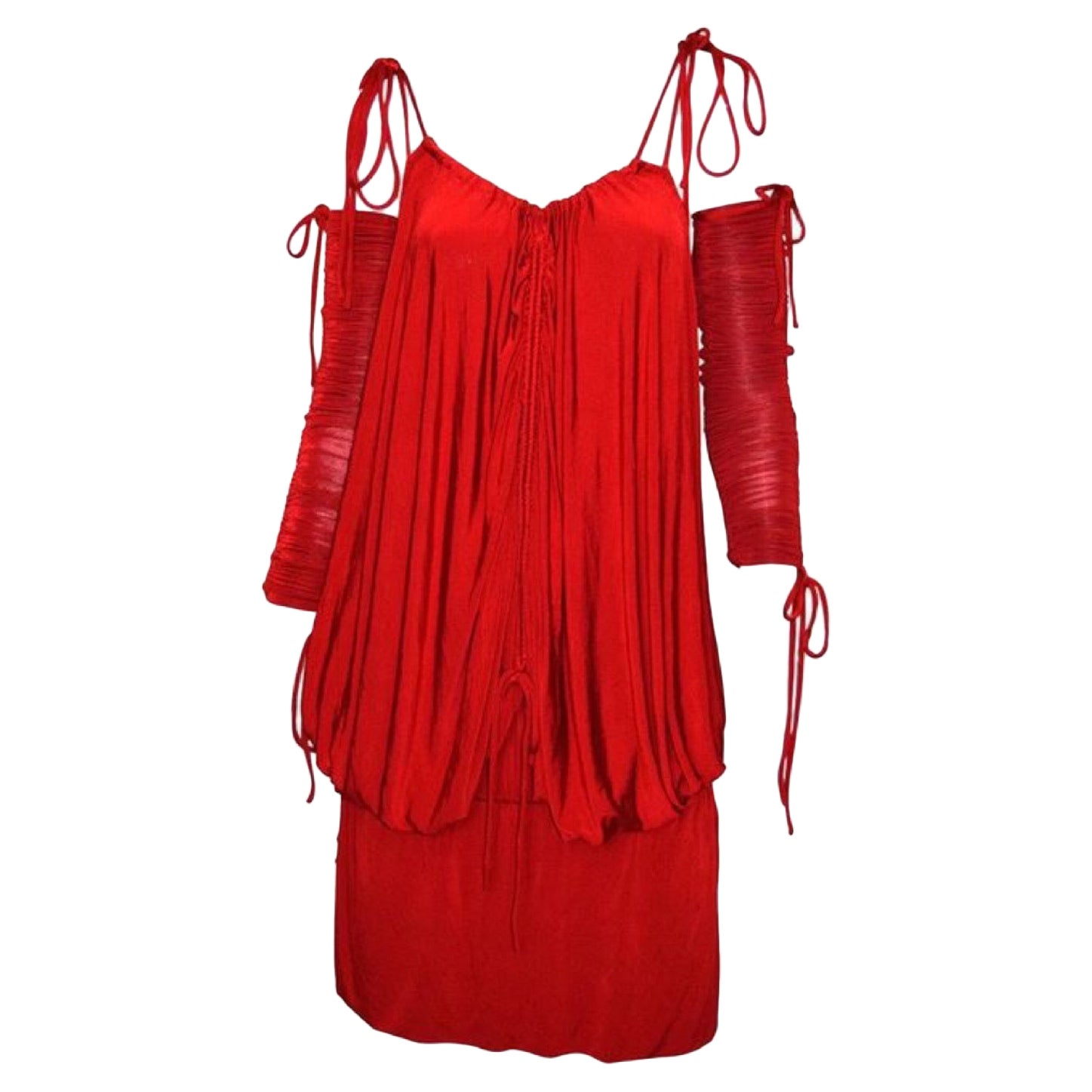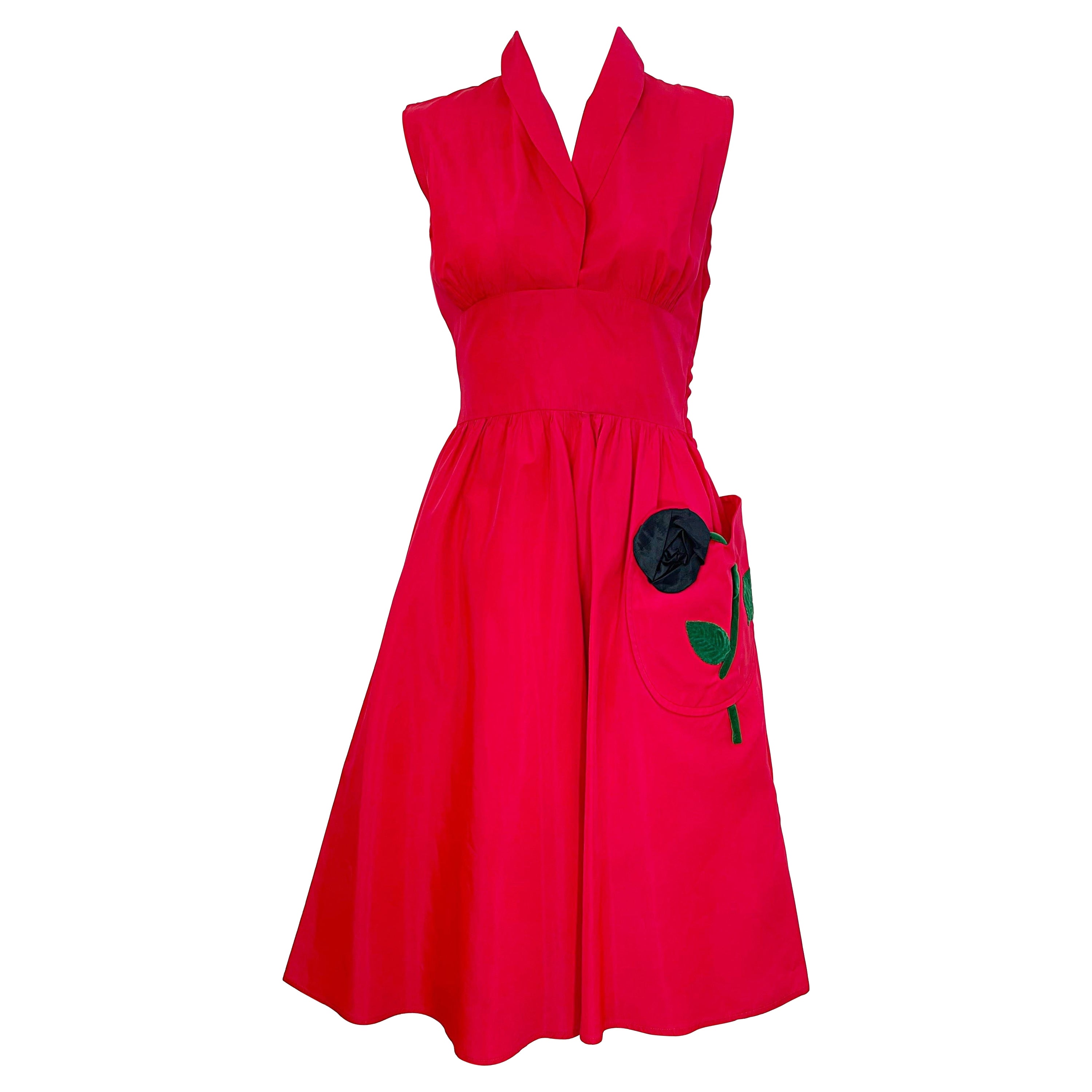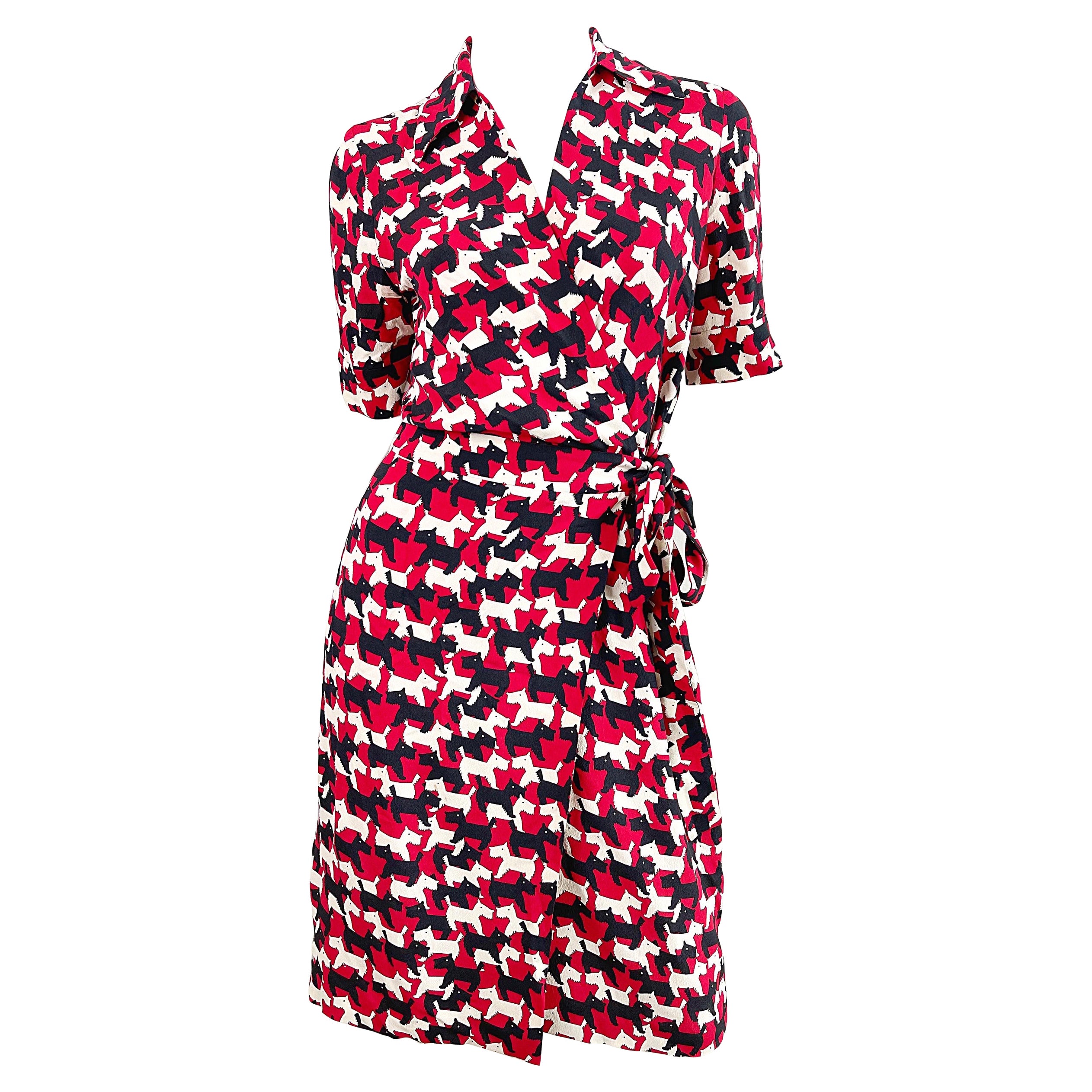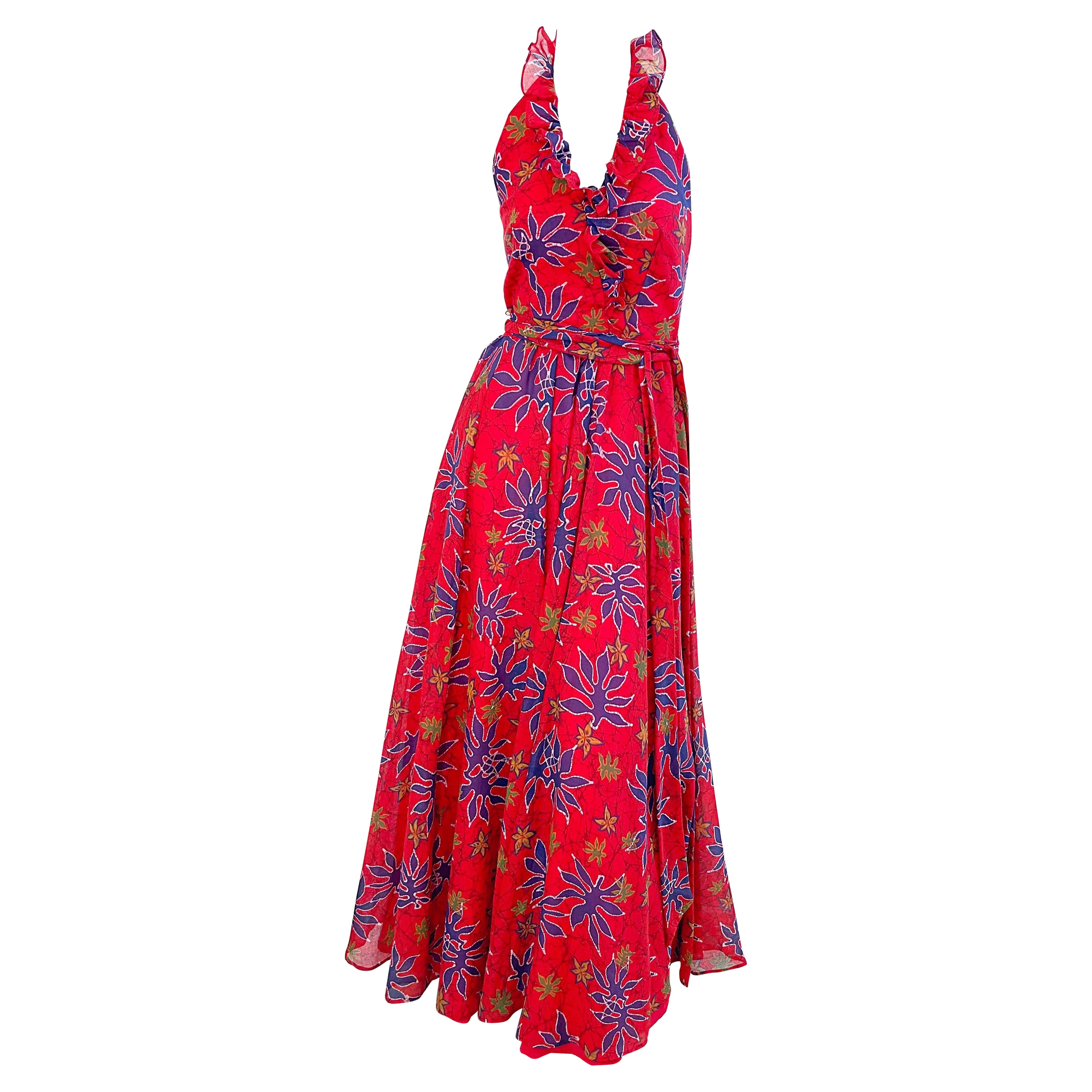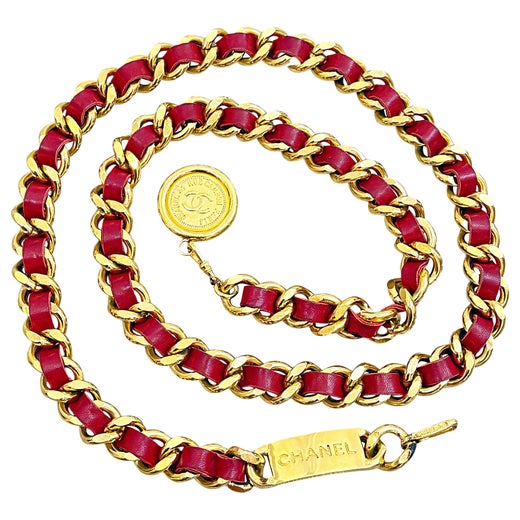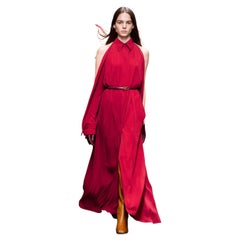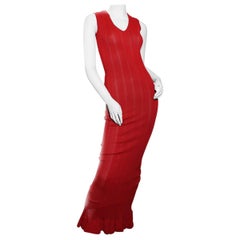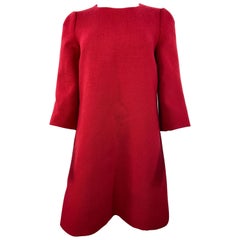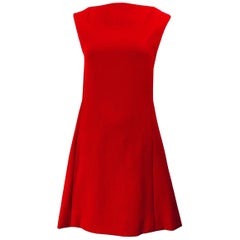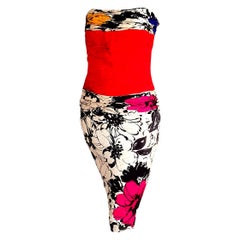
CHANEL "New" Couture Strapless Colorful Flowers Theme Silk Gown Dress - Unworn
View Similar Items
CHANEL "New" Couture Strapless Colorful Flowers Theme Silk Gown Dress - Unworn
About the Item
- Designer:
- Brand:
- Dimensions:Length: 32.29 in (82 cm)Marked Size: equaivalent S / M - see measures (EU)Bust: 34.26 in (87 cm)Waist: 28.35 in (72 cm)Hip: 37.41 in (95 cm)
- Place of Origin:
- Period:
- Material Notes:silk
- Condition:
- Seller Location:Somo (Santander), ES
- Reference Number:Seller: abito CHANEL fantasia fiori fuxia e gialli e neri, () in seta, p1stDibs: LU140529068892
Tom Ford
No one understands sex appeal quite like American designer Tom Ford.
An avowed perfectionist from an early age, Ford was rearranging furniture at the age of six and offering his mother advice on her hair and shoes. The designer, author, film director and chairman of the Council of Fashion Designers of America (CFDA) is one of the most successful people working in fashion today.
Born in Austin, Texas, Ford grew up in the suburbs of Houston and Santa Fe, New Mexico. He briefly attended New York University, where he studied art history before dropping out to pursue acting. He became a regular at Studio 54, with its decadent nightlife later informing his high-octane fashion. He studied architecture at Parsons School of Design before shifting his focus to fashion and spending time at the Parsons Paris campus, graduating in 1985. The rest of the decade he worked for designers Perry Ellis and Cathy Hardwick. In 1990, Gucci’s creative director Dawn Mello hired him as a womens-wear designer.
At the time, the Italian label was better known for leather goods than luxury fashion. It was also nearly bankrupt. After Mello left in 1994, following a Bahrain-based investment group becoming Gucci’s majority shareholder, Ford was named creative director. He soon infused the brand with a fresh sensuality and bold style. His fall 1995 show, in which Kate Moss walked down the runway in an unbuttoned satin shirt, velvet hip-huggers and tousled hair, heralded an exciting, glammed-up era for the once fusty brand. Vogue critic Sarah Mower called it “one of those hitting-in-the-solar-plexus moments.”
As Ford shot to fame, he continued to explore plunging necklines, such as in the black and white looks of the Fall 1996 collection, and sumptuous fabrics like leather and tweed, with the Fall 2000 ready-to-wear collection ranging from sultry silk evening dresses to plush belted coats. He also cranked up the seduction in the provocative ads for the fashion house, particularly with regard to campaigns for Yves Saint Laurent, which Gucci acquired in 1999 (Ford was also named creative director for YSL and designed the brand’s ready-to-wear collection). Gucci's Fall/Winter 1997 campaign featured Carolyn Murphy grasping Angela Lindvall in what looked like a video still; in another shot, a face pressed against a foot in a lipstick-red heel. Each promoted a vision of modern fashion where women were sexually confident, the materials were luxurious and the styles were fearless.
In 2004, Ford and Gucci president Domenico De Sole left the company after failing to agree on the renewal of their contracts. In 2006, with De Sole as chairman, Ford launched his wildly successful eponymous menswear label. The brand has expanded into womens wear, beauty, accessories — vintage Tom Ford handbags are universally adored by celebrities and collectors alike — as well as eyewear and fragrance, with the unisex Black Orchid introduced in 2006. Ford broke into film directing with the critically acclaimed A Single Man in 2009 and Nocturnal Animals in 2016, continuing to blur the boundaries between fashion and culture.
Find vintage Tom Ford day dresses, purses, shoes and other clothing and accessories now on 1stDibs.
Chanel
In the years following the opening of her modest millinery shop, Gabrielle "Coco" Chanel became a pivotal designer of both fashionable casual wear and Paris haute couture as well as an icon and arbiter of 20th-century style with her bob haircut and pearls. Today vintage Chanel handbags, jackets and evening dresses are among the most sought-after clothing and accessories for fashion lovers all over the world.
The first Chanel shop was established in 1910 in Paris on rue Cambon by the young milliner Gabrielle Chanel (1883–1971), who had picked up the nickname “Coco” while working as a club singer. The boutique drew the attention of the Parisian fashion elite who popularized her wide-brimmed Chanel Modes hats. Soon she added a sportswear store in the Normandy resort town of Deauville, where Coco set the tone for her defining sense of style — traditionally masculine garments reimagined for feminine shapes, made from simple jersey fabric.
Effortless and elegant, Chanel's designs promoted comfort and grace in women’s wear that had been dominated in the previous century by complicated layers of fabric and cumbersome corsets. She followed this success with a couture house, opened in 1915 in Biarritz.
But Chanel was not born into a life of glamour. Following the death of her mother, her father left her in an orphanage where she lived until the age of 18. It was there that she learned to sew as well as appreciate the classic pairing of black and white as worn by the nuns.
In 1926, Chanel introduced her first little black dress, reclaiming a color that had once been reserved for mourning and working-class women. That same decade, she debuted her perfume, Chanel No. 5, as well as the Chanel suit with a fitted skirt, inspired by the boxy lines of men’s clothing and employing a sporty tweed.
Chanel closed her fashion operations during World War II, then returned to the industry in 1954 to design for the functional needs of modern women.
Structure and wearability endured in all of Chanel’s clothing and accessories, like the quilted leather 2.55 handbag — a 1955 update of a 1920s-era design — with its gold-chain shoulder strap that freed up a woman’s hands. The 1957 two-tone slingback pumps had a practical heel height while offering a bold statement in the black tip of the shoes. Her collarless jacket reacted against the constricting styles of Christian Dior's New Look, replacing them with a design that was timeless, an instant classic.
After Coco Chanel died in 1971, the brand underwent several changes in leadership, including fashion designer Karl Lagerfeld, who took over as artistic director in 1983. His collections for Chanel displayed his knack for synthesizing old and new, high and low. Lagerfeld revived Chanel ballet flats and thoroughly embraced the classic logo's interlocking CCs, which took the form of a clasp featured on so many of the rare Chanel bags that are much sought after today.
Vintage Karl Lagerfeld designs for Chanel dresses, coats and other clothing of the 1980s, '90s and 2000s riffed on its iconography, accenting a lexicon of Chanel-isms with tastes of the moment. And as the 1990s have become associated with styles adopted by today’s supermodels and influencers, vintage Chanel bags of the 1990s are among the most prized of the brand’s offerings.
Over the years, the company has continued to innovate, such as expanding into ready-to-wear fashion in 1978 and, in 2002, establishing a subsidiary company — Paraffection — dedicated to preserving the heritage skills of fashion artisan workshops. The House of Chanel still operates its flagship on rue Cambon in Paris, where it all began.
Browse vintage Chanel bags, evening dresses, shoes, jewelry and other clothing and accessories on 1stDibs.
You May Also Like
2010s Italian Evening Dresses and Gowns
21st Century and Contemporary French Cocktail Dresses
21st Century and Contemporary Italian Mini Dresses
1960s French Cocktail Dresses
1970s American Maxi Dress
1970s American Cocktail Dresses
Recently Viewed
View AllRead More
The Best Ways to Dress for Your Astrological Sign
Makeup and astrology expert Linda Mason dispenses fashion advice for every zodiac sign. Does your wardrobe match your horoscope?
The Skirt Suit Is Making a Full-Force Comeback
Hailey Bieber, Chase Sui Wonders and Kendall Jenner are among the stars recontextualizing the look.
